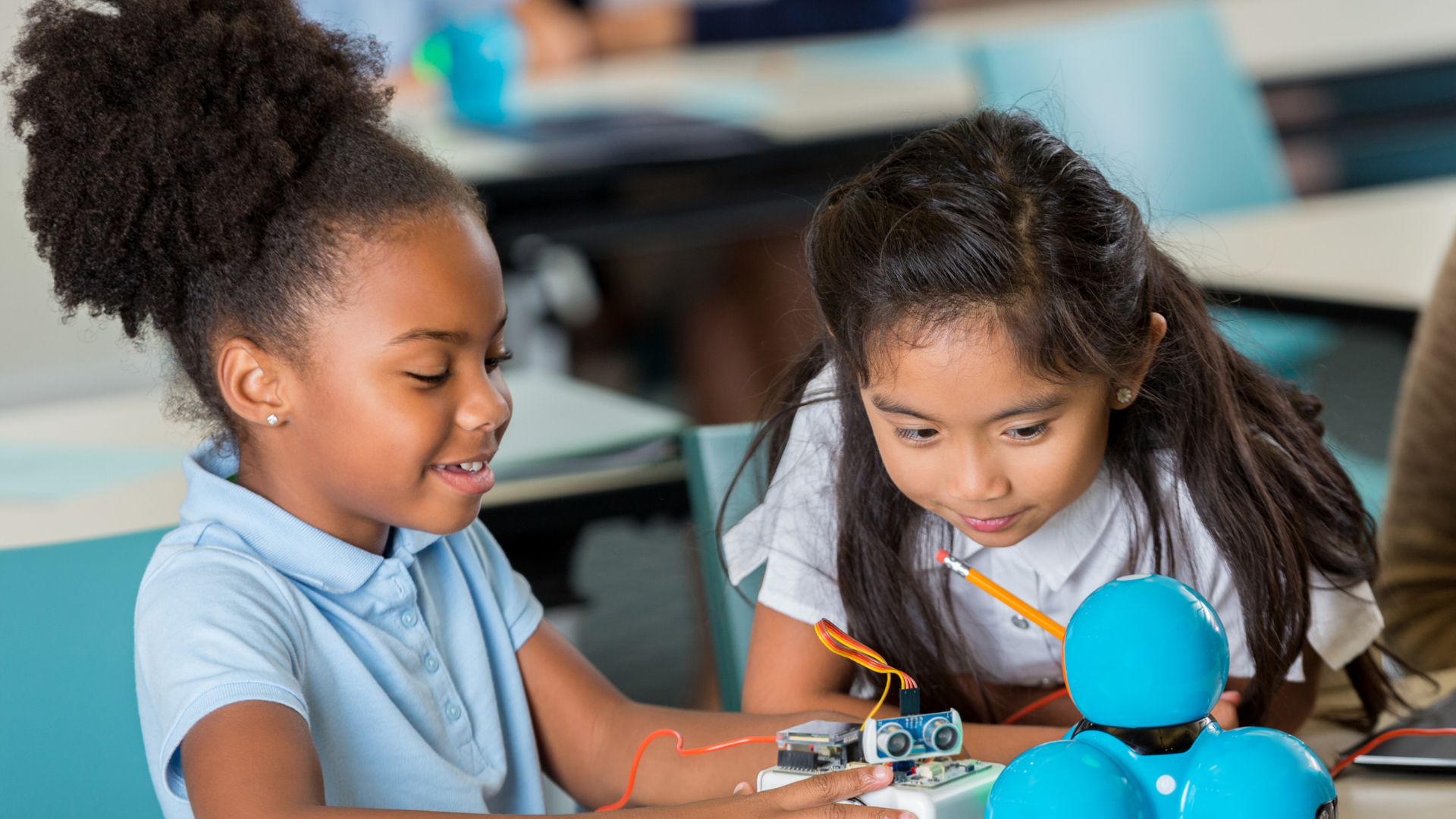School Improvement Gives Us a Shot at Educational Equity

Let’s do an exercise. Think of this sort of like a privilege walk, in blog form. There’s no one here to judge you so I want you to engage openly and honestly. I’m going to make a series of statements and I want you to nod your head each time you agree.
All students deserve a quality education.
Okay great, hold that thought.
Now, nod if you think school quality makes a difference in the type of educational experiences that students have.
So far so good right?
Okay last but not least, nod your head in agreement if you believe that all students have access to high-quality schools and a high-quality education.
This is where I imagine, if you answered truthfully, you had either a bit of hesitation to nod or you flat-out shook your head in disagreement.
The first time I did a similar exercise, I couldn’t express disagreement to the last statement fast enough. I taught at low-income schools in North Carolina. And although my colleagues and I exhausted our resources, time, and energy to ensure our students had the best possible education that we could provide, the reality is that our students didn’t have access to the same high-quality education as other students within the same school district.
On a very basic level, we know that educational inequity exists between school districts, and oftentimes within them. More affluent districts have access to more resources, more quality educators, and are typically all-around higher-performing schools. And what makes this reality most disheartening is that students of color are continuously and disproportionately impacted by harmful spillover effects that segregation and racism has left on education.
Educational inequity has been a problem in the U.S. for centuries, but research and data have made educators, administrators, and policymakers more aware of the urgency of increasing equity within the system and from school to school. With this data, districts, policymakers, state education agencies, and other community stakeholders have a real opportunity to address some of the inequities that remain within the nation’s lowest-performing schools.
Under the Every Student Succeeds Act (ESSA), states are now required to create and implement school improvement plans that lay out how they will support and/or turn around their low-performing schools, increase equity in their school systems, and keep themselves accountable for achieving these goals.
While some states are taking major steps to improve their lowest-performing schools, there are still troubling trends among states’ school improvement efforts.
In order to spark a conversation around states’ school improvement efforts, the Collaborative for Student Success, in collaboration with HCM Strategists, released an independent review of 17 states’ plans by education experts and civil rights leaders to see how those plans fare in providing resources and support to schools that are most in need. In our analysis we found that:
- Equity is not prioritized in half the states.
- Many states are not taking their new oversight role seriously.
- It will be hard to tell what’s working because many states do not have major accountability measures within their plans.
- A strong sustainability plan is missing from all but one of the states reviewed.
These findings may come as a surprise but are important to call out so that education stakeholders can push states to improve and maintain their plans to improve educational equity. As our executive director, Jim Cowen, stated, “Figuring out how to close achievement gaps between our country’s highest and continuously lowest performing schools is one of the greatest equity issues of our time.” Without making real strides, the variance of school quality among affluent and low-income areas will continue to exist
The only way to progress is to have transparent and solutions-oriented conversations around inequity and school improvement to craft meaningful plans for change – and then put those plans in action. We not only need the support of states and policymakers, but also advocacy from parents, educators, and other state and national stakeholders.
I urge you to think about what role each of you can play in this fight for educational equity.
Erika Ross is the Communications Specialist for the Collaborative of Student Success
About the Collaborative for Student Success
At our core, we believe leaders at all levels have a role to play in ensuring success for K-12 students. From ensuring schools and teachers are equipped with the best materials to spotlighting the innovative and bold ways federal recovery dollars are being used to drive needed changes, the Collaborative for Student Success aims to inform and amplify policies making a difference for students and families.
To recover from the most disruptive event in the history of American public schools, states and districts are leveraging unprecedented resources to make sure classrooms are safe for learning, providing students and teachers with the high-quality instructional materials they deserve, and are rethinking how best to measure learning so supports are targeted where they’re needed most.

